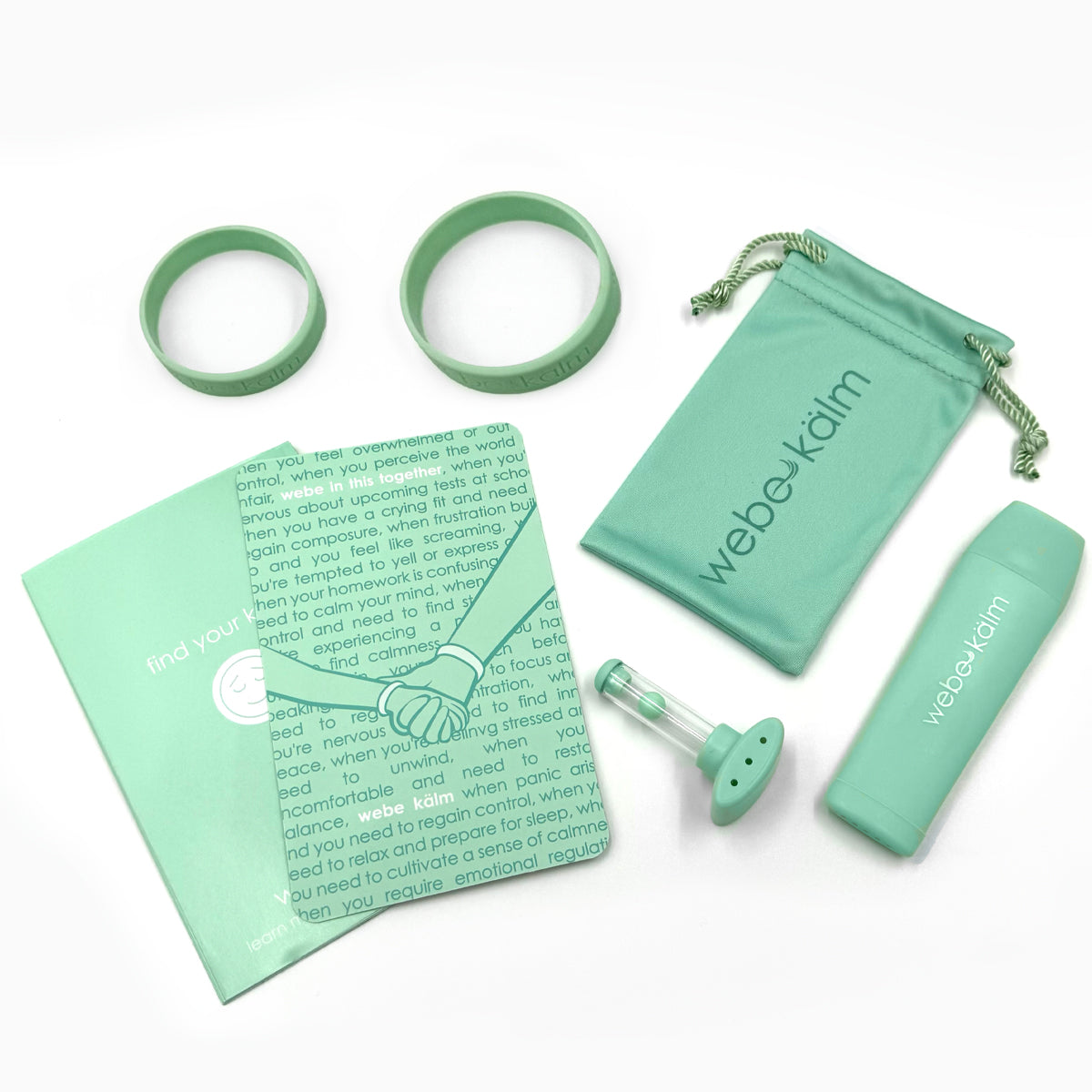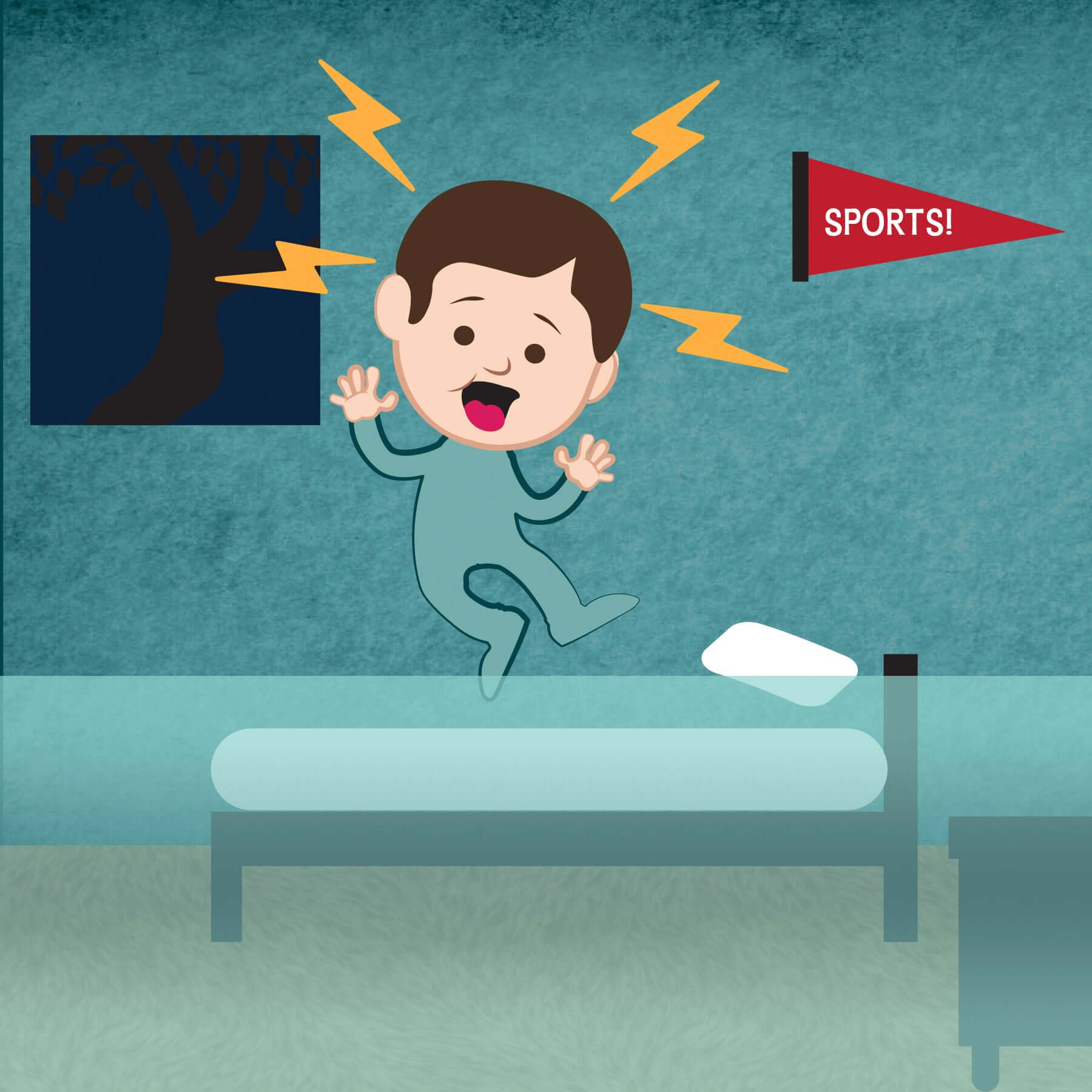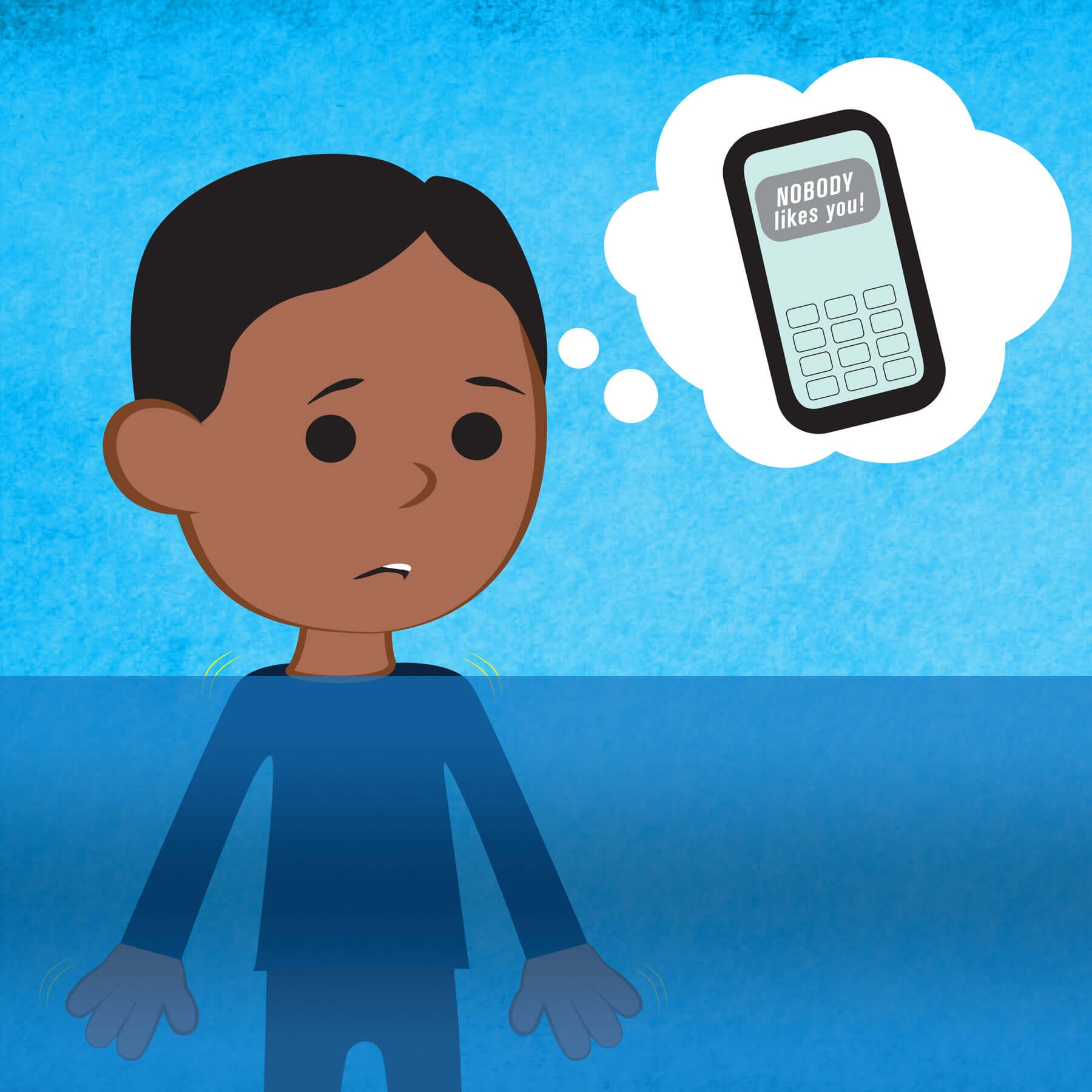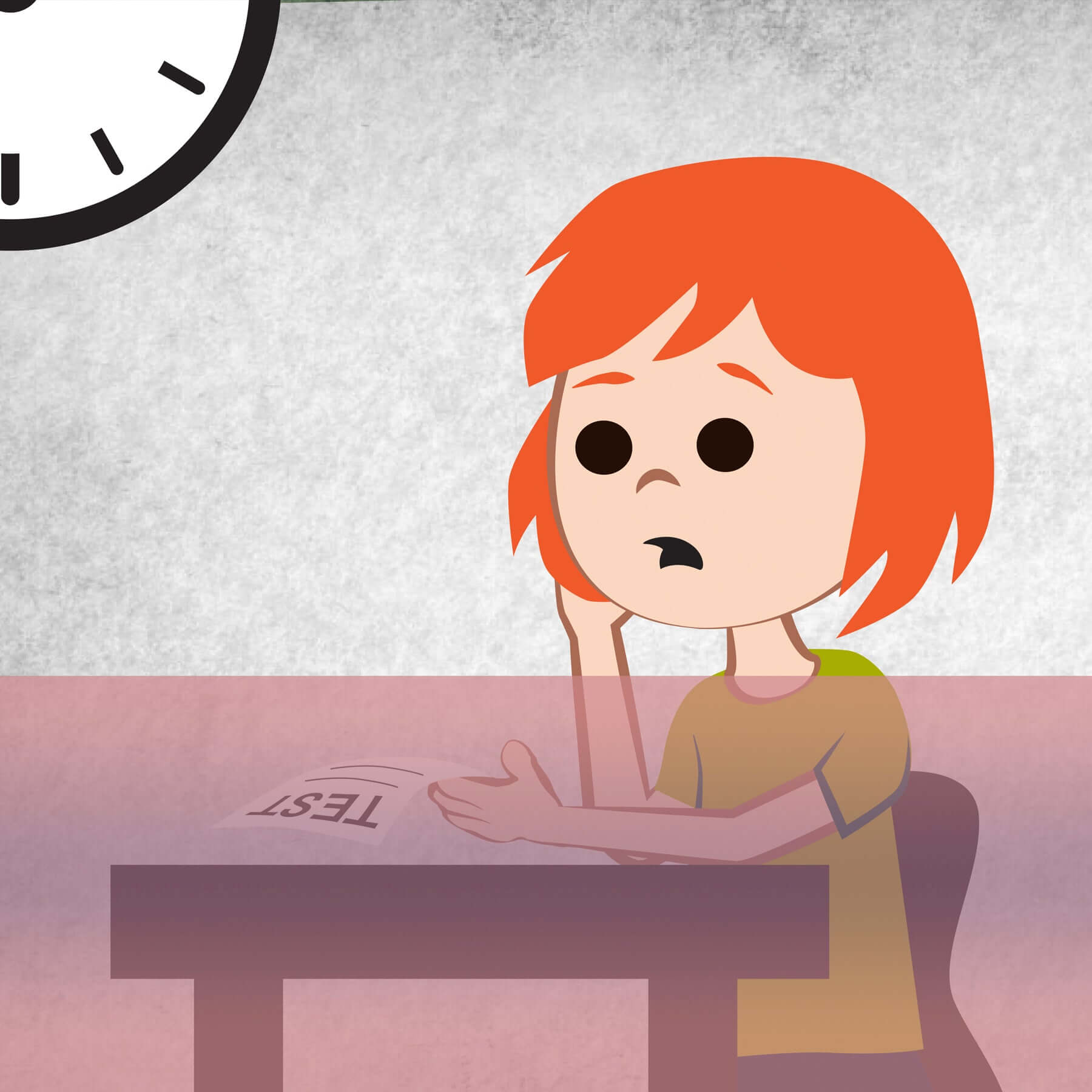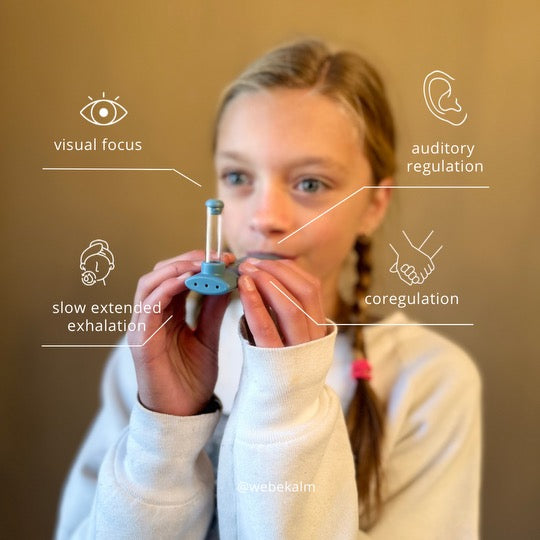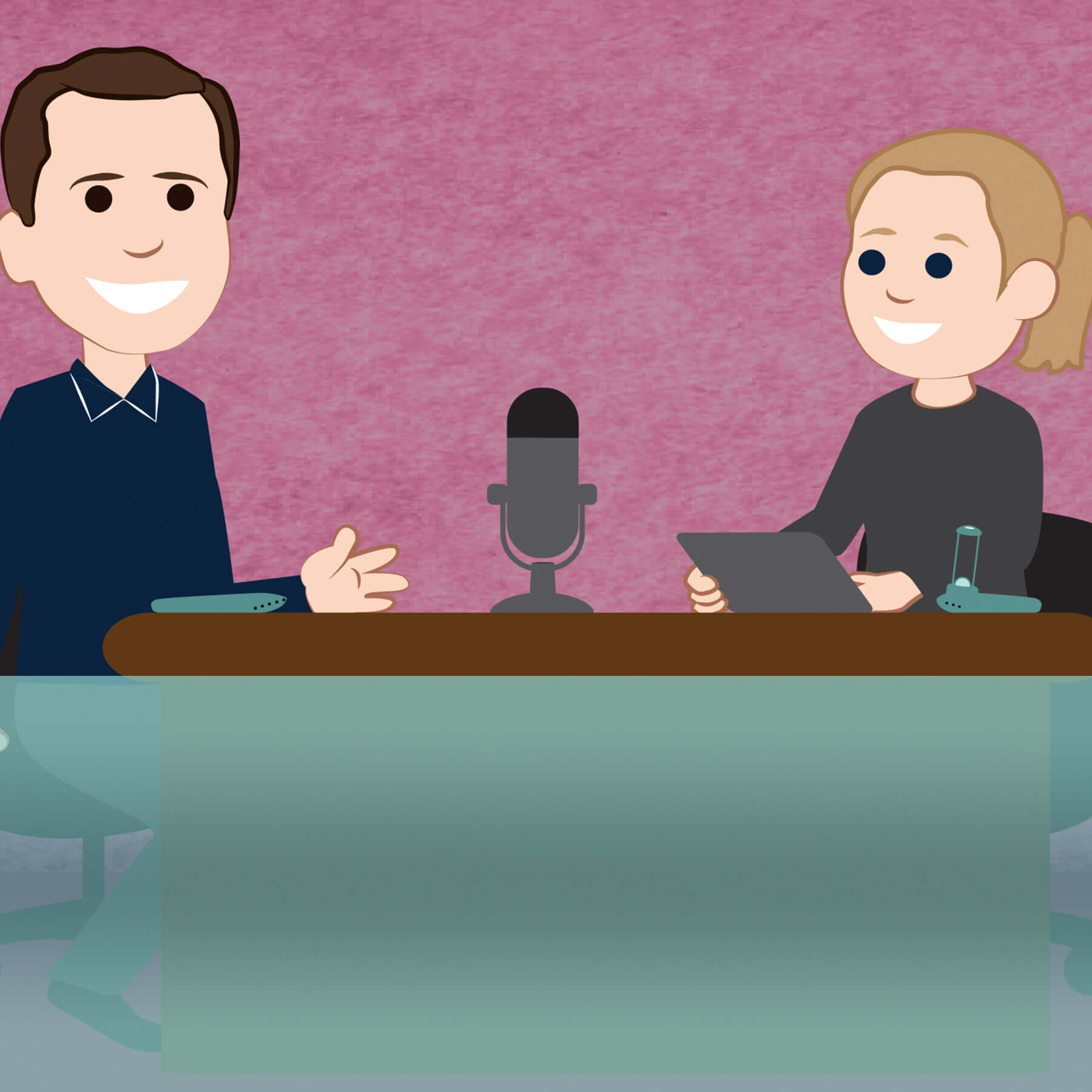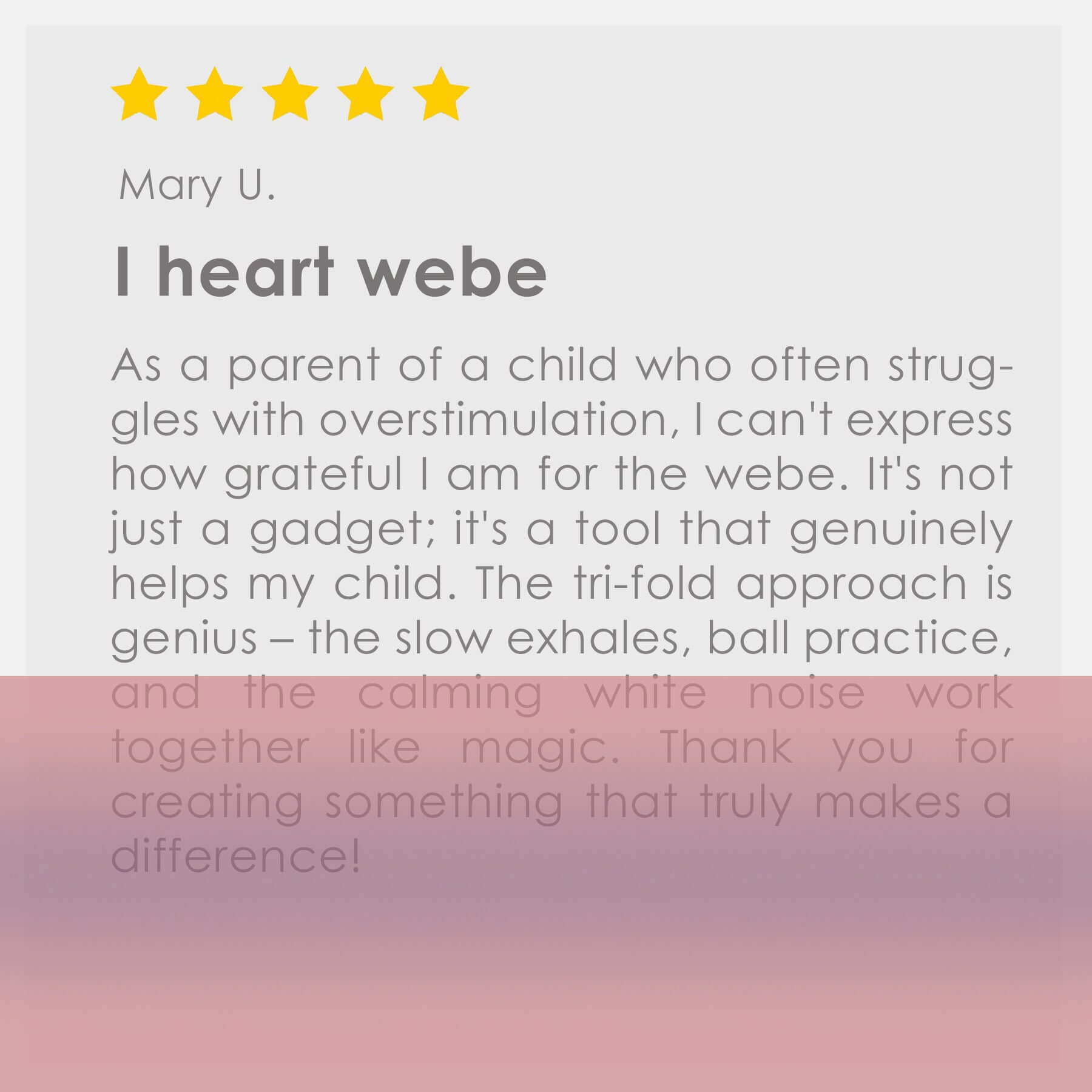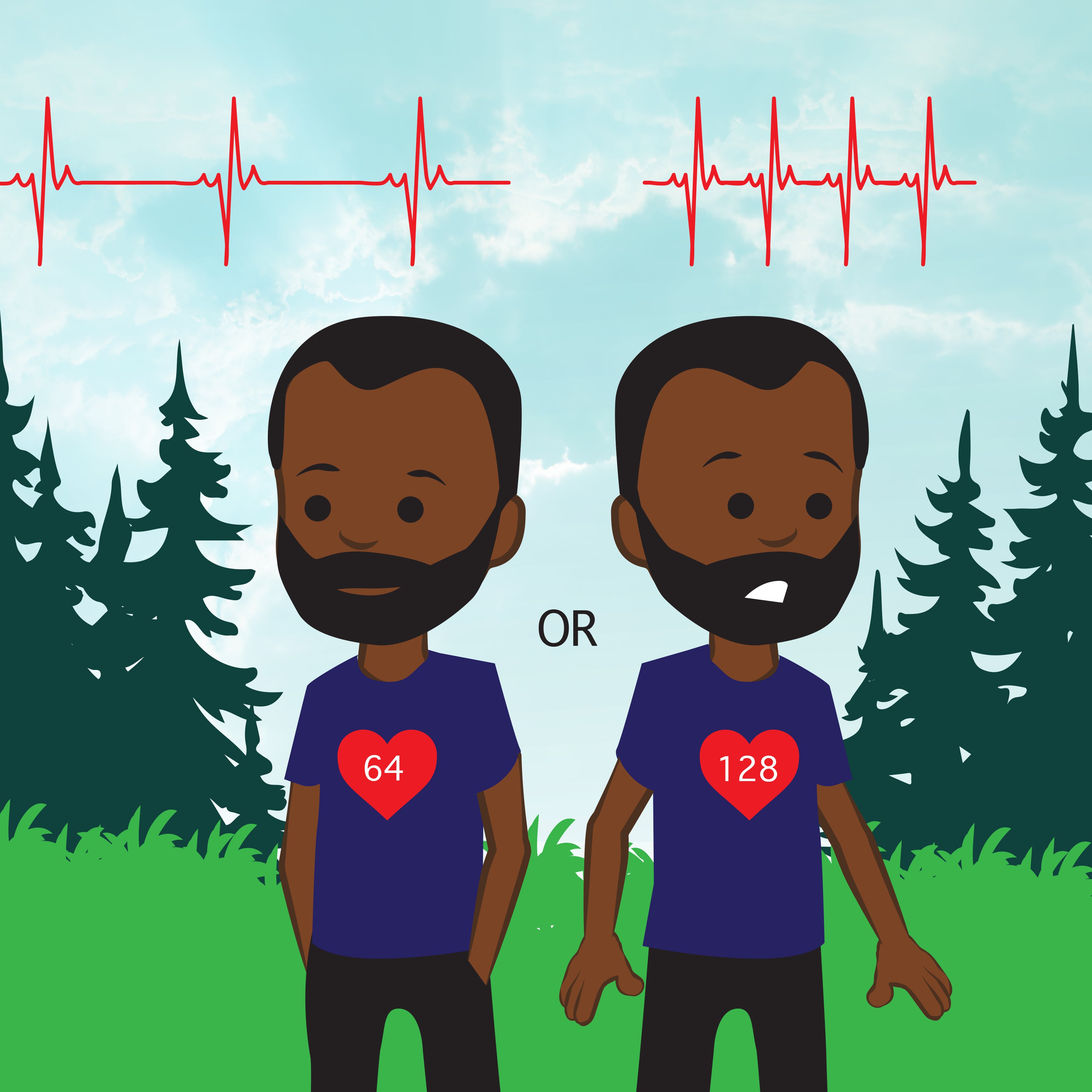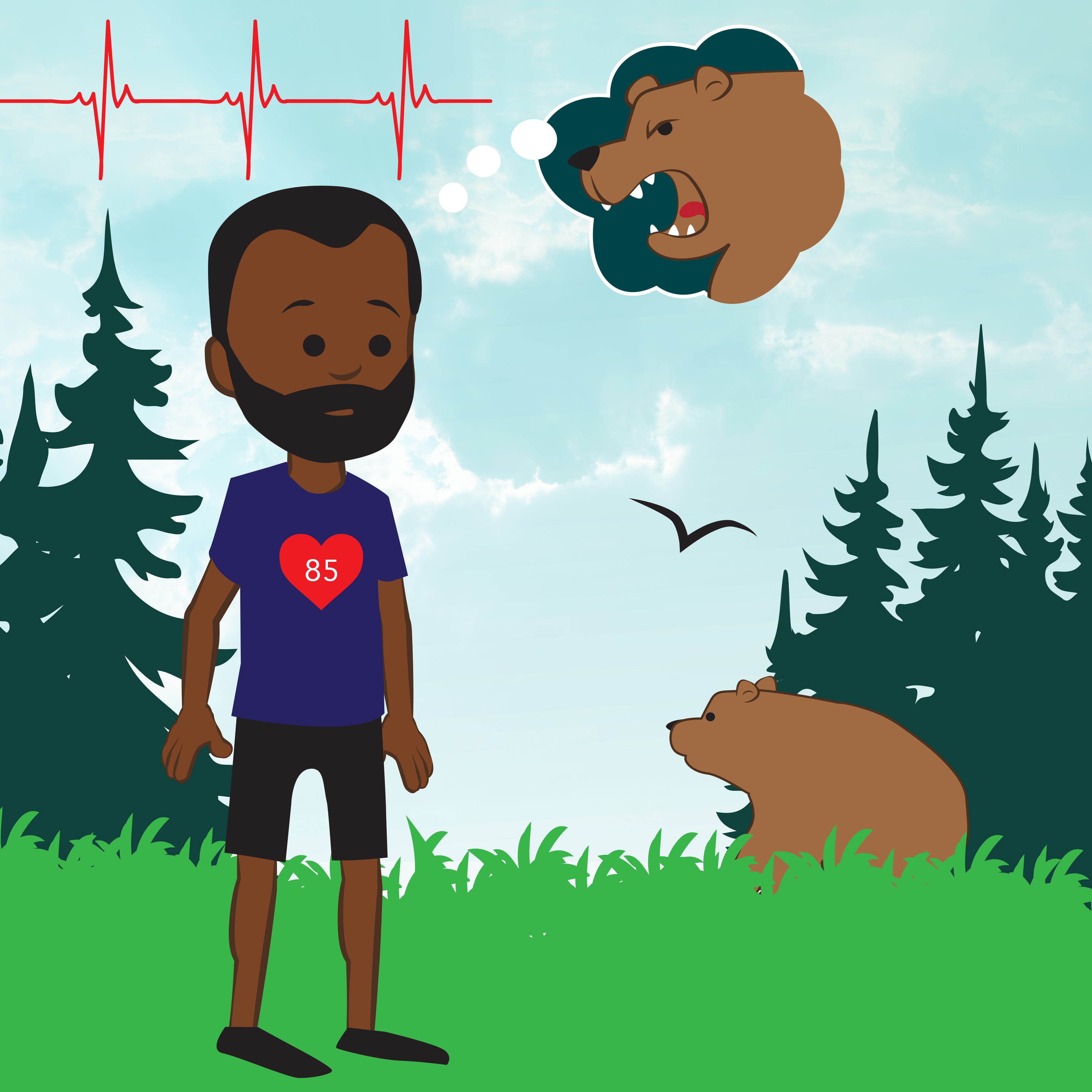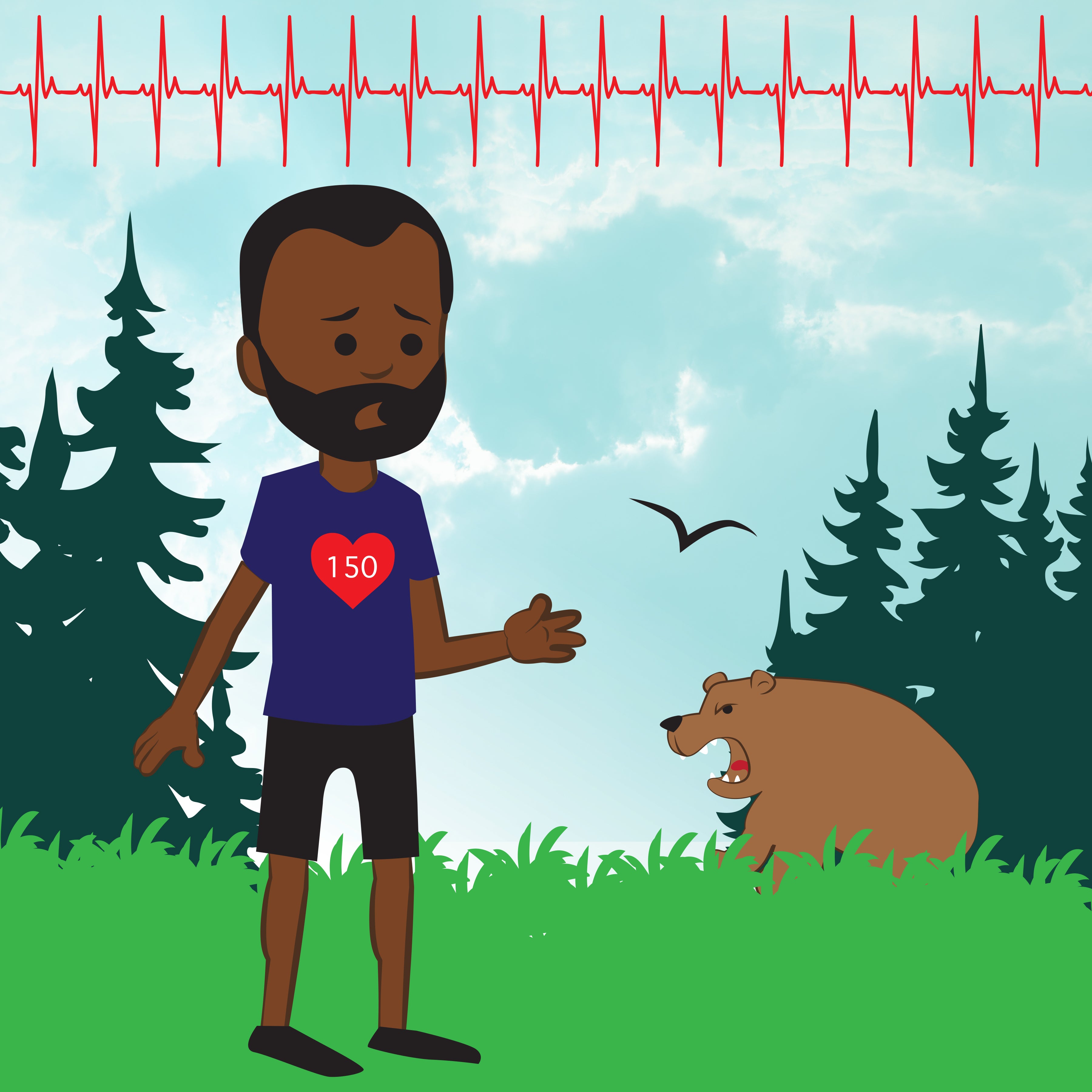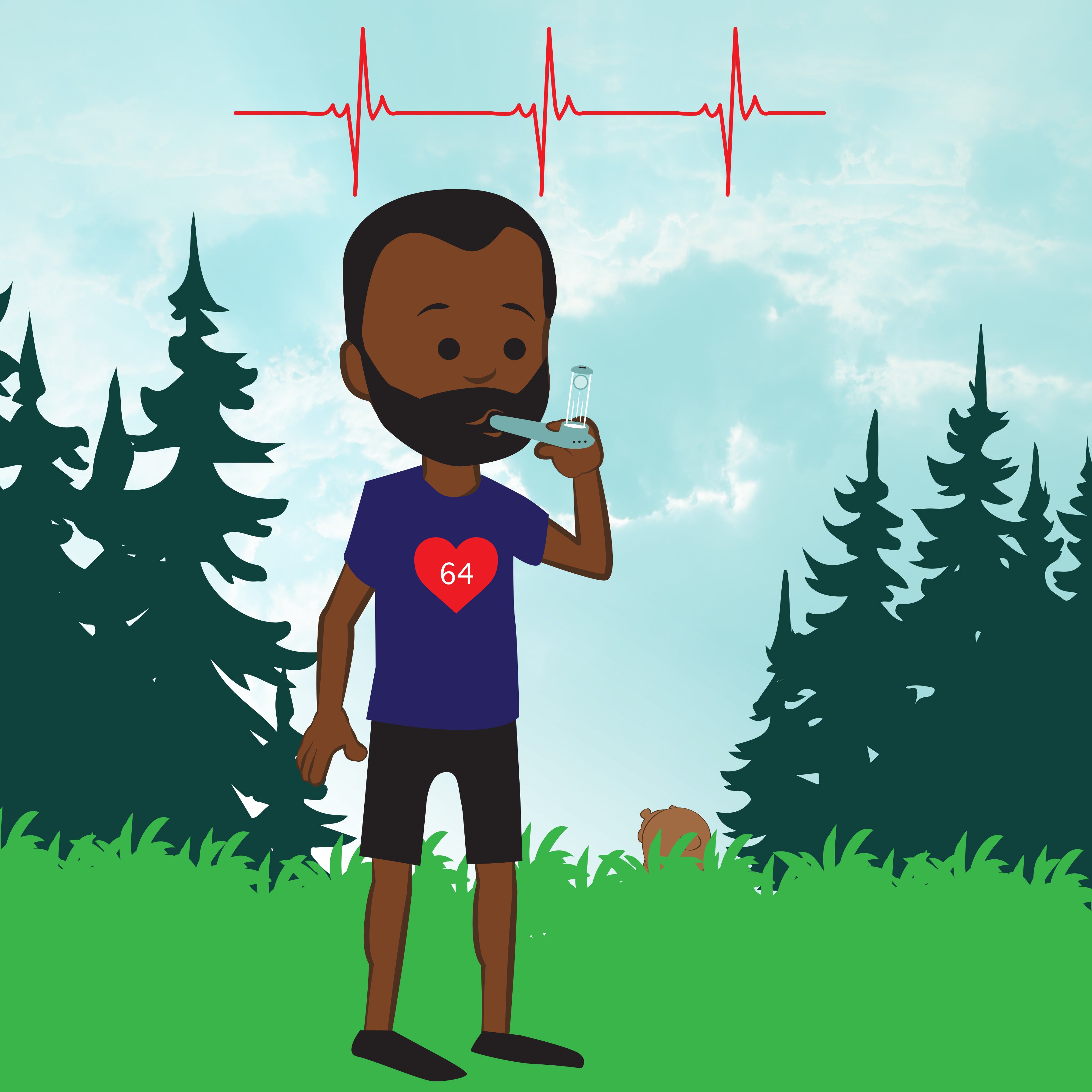the deep dive
the science behind webe kälm
Navigating the intricate science behind our nervous system's responses to external and internal stimuli can be complex. That's why we're guiding you through a real-life scenario to shed light on why you experience specific emotions and how you can gain control over your feelings.
from authors Dr. Matthew Lederman & Dr. Alona Pulde: Wellness to Wonderful
the deep - deep dive
references
7 - Slow breathing with extended exhalation:
The first calming pathway creates an immediate soothing effect experienced through slow extended exhalation into the mouthpiece.
How Breath-Control Can Change Your Life: A Systematic Review on Psycho-Physiological Correlates of Slow Breathing
A systematic review showed that “slow breathing techniques enhance autonomic, cerebral and psychological flexibility via links between parasympathetic activity, central nervous system activities related to emotional control, and psychological well-being in healthy subjects…Slow breathing techniques promote autonomic changes increasing Heart Rate Variability and Respiratory Sinus Arrhythmia paralleled by Central Nervous System (CNS) activity modifications. EEG studies show an increase in alpha and a decrease in theta power. Anatomically, the only available fMRI study highlights increased activity in cortical (e.g., prefrontal, motor, and parietal cortices) and subcortical (e.g., pons, thalamus, sub-parabrachial nucleus, periaqueductal gray, and hypothalamus) structures.” This results in increased comfort, relaxation, pleasantness, vigor and alertness, and reduced symptoms of arousal, anxiety, depression, anger, and confusion.
The relaxation effect of pro-longed expiratory breathing
Another study showed that “During prolonged expiratory breathing, parasympathetic nervous function was significantly activated. Conversely, during rapid breathing, parasympathetic nervous function was significantly suppressed.” In other words, prolonged exhalation is able to activate the part of the autonomic nervous system that is employed with calming the body.
Inhalation/Exhalation Ratio Modulates the Effect of Slow Breathing on Heart Rate Variability and Relaxation
Another study showed that acute increases in relaxation as measured by heart rate variability (a marker of stress level in the boy) and measured by self-reported stress occurred with breathing where their exhale was greater than their inhale (I/E ratio 0.42) as well as breathing at 6 breaths a minute. Participants in the study experienced increased relaxation, stress reduction, mindfulness and positive energy when breathing with extended exhalation. “Our results show that i/e ratio is an important modulator for the autonomic and subjective effects of instructed ventilatory patterns.”
Device-guided breathing in the home setting: Technology, performance and clinical outcomes
“Prolonged exhalation also appears to minimize the chance of inspiratory muscle fatigue, because its perfusion occurs mainly (or solely) during exhalation. Inspiratory muscle fatigue leads to sympathetic activation that increases ventilation” Exhalation appears to be the part of the breath cycle where breathing muscles are restored so that extending this phase of breathing decreases the time spent during the part of the breath cycle that mobilizes the sympathetic nervous system.
Slow breathing is also helpful in stimulating the calming parts of our nervous system so when we extend our exhalation we naturally slow our overall breathing rate. In fact, slow deep breathing has been found to elicit beneficial effects in a variety of clinical conditions including: stress, anxiety, insomnia, panic disorder, recurrent abdominal pain, asthma, chronic obstructive pulmonary disease, chronic hyperventilation, hypertension, cardiac events after myocardial infarction, and congestive heart failure. Interestingly many of these diseases listed above are associated with chronic elevation of sympathetic activation and autonomic imbalance, which is exactly what slow breathing appears to address.
Below is pulled from an article describing how breathing modification at rest, is an intervention that reduces sympathetic activity both acutely and chronically:
“The need to maintain oxygen supply requires that under isocapnic conditions slow breathing requires greater lung inflation. Moderate lung inflation was demonstrated to almost completely inhibit muscle sympathetic neural activity (MSNA) from late inspiration to mid-expiration in normal subjects and in chronic heart failure (CHF) patients. The effect stems from activation of low-threshold pulmonary stretch receptors located in the lung and chest wall that initiate vagal afferents. This process leads to vasodilation in a number of vascular territories such as intact limb, skin, muscle, kidney and splanchnic vascular bed. For example, 35% decrease in MSNA was observed in CHF patients during a DGB [device-guided breathing] session with the present device. The relevance of this mechanism for treating high BP [blood pressure] with slow breathing is that the need to maintain tissue perfusion leads to BP reduction, in response to the decrease in the peripheral resistance caused by vasodilation of arteriolar vessels. More specifically, the arteriolar lumen diameter increases in response to the relaxation of smooth muscles that are embedded in the arteriolar wall, with tone controlled by the sympathetic activity.”
Slow breathing for reducing stress: The effect of extending exhale
One study showed that “slow breathing significantly reduces psychological stress” which is going to help feel more calm and regulated.
Cardiovascular and Respiratory Effect of Yogic Slow Breathing in the Yoga Beginner: What Is the Best Approach?
Another study showed, “slow breathing has been shown to reduce both physiological and psychological stress measures”
Hemodynamic effects of slow breathing: Does the pattern matter beyond the rate?
Another study showed, “The time domain parameters of heart rate variability (SDRR, PNN50, RMSSD) increased significantly with patterned breathing. So did the spontaneous baroreflex gain of increasing sequences (up-BRS, from 12 ± 7 to 17 ± 10 ms/mmHg, p < 0.05), and the cross-spectral low frequency gain, the LF alpha (from 11 ± 7 to 15 ± 7 ms/mmHg, p < 0.05).”
In other words, markers of calming in the body were demonstrated when slow breathing was supported
Single Slow-Paced Breathing Session at Six Cycles per Minute: Investigation of Dose-Response Relationship on Cardiac Vagal Activity
Another study showed increases in vagal tone among participants performing slow breathing. This makes sense as the vagus nerve lies at the foundation of our autonomic nervous system responsible for regulation and feeling calm and grounded.
8 - Focused attention mindfulness:
Next, there is research showing that quieting our minds activates our parasympathetic nervous system, can be extremely regulating in the moment as well as enhance our strategies to effectively cope and handle a challenge or obstacle. Through practiced regulation of our emotions we can approach an experience with calm and resource. With the webe kälm we employ visual focus on keeping the ball aloft to generate mindfulness in moments of upset as well as moments of practice so that we are prepared for moments of upset.
The Impact of Focused Attention on Emotional Experience: A Functional MRI Investigation
Research has showed that focused attention was successful in decreasing emotional reactivity in response to negative images causing emotional charge in their subjects. At the neural level, there was “increased activity in regions typically implicated in top-down executive control (dorsolateral prefrontal cortex and lateral parietal cortex) and decreased activity in regions linked to affective processing (amygdala and ventrolateral prefrontal cortex). Dissociable brain activity linked to focused attention also was identified in visual cortices, including between the parahippocampal and fusiform gyri.” They concluded that, “These findings complement the evidence from prior FA [focused attention] studies with recollected emotional memories as internal stimuli and further demonstrate the effectiveness of self-guided FA in mitigating negative emotional experiences associated with processing of external unpleasant stimuli.”
Focused attention meditation changes the boundary and configuration of functional networks in the brain
In addition, “Research has shown that focused attention meditation not only improves our cognitive and motivational functioning (e.g., attention, mental health), it influences the way our brain networks [e.g., default mode network (DMN), fronto-parietal network (FPN), and sensory-motor network (SMN)] function and operate.” This supports using focused attention to enhance the cooperation between the various networks of the brain to function and work together most optimally.
Inward-attention meditation increases parasympathetic activity: a study based on heart rate variability
Another study concluded, “...inward-attention meditation practice appears to push the sympathovagal balance to parasympathetic predominance…” In other words, focused attention appears to help push the balance of our autonomic system to lean towards the side that activates calm in our bodies).
9 - White Noise:
Thirdly, with each exhalation, “white noise” is created in the chamber of the webe kälm further enhancing the calming experience.
Use of white noise-emitting devices in infants and small children as assessed by their parents
White noise is a type of monotonous sound “whose spectrum is balanced across the majority of audible frequency range, without rapid changes in volume.” White noise can be reminiscent of natural sounds that trigger neural connections created during fetal development. Researchers believe that the child experiences such a monotonous acoustic phenomenon already in the mother’s womb (her heartbeat, blood flow in large blood vessels) and are the sounds of fetal life where similar sounds may have a soothing and calming effect.
White noise and sleep induction.
Cognitive performance, creativity and stress levels of neurotypical young adults under different white noise levels
It can be helpful to use sleep induction as another marker of calm as it is with calm that the body is most easily able to drift off to sleep. Highly mobilized nervous systems have a much harder time inducing sleep.
Another study linked white noise with a host of benefits: “Our findings showed that the white noise level at 45 dB resulted in better cognitive performance in terms of sustained attention, accuracy, and speed of performance as well as enhanced creativity and lower stress levels.”
10 - Co-Regulation:
In addition to the 3 internal pathways activated there is a 4th pathway, co-regulation, that the webe kälm employs to support nervous system regulation and calming. All of us naturally feel secure and flourish when we are surrounded by others in a nurturing environment. Co-regulation, the act of working together as a community to find calmness, is the 4th pathway. When introducing webe kälm, it is crucial for adults to engage in co-regulation with the child, rather than resorting to yelling and commanding them to "Calm Down!" In times of distress, it is through togetherness that we can tap into this pathway and discover tranquility. By uplifting and supporting one another with the powerful tool of webe kälm during challenging moments, we can harmonize all four pathways and embark on a journey of shared calmness.
The co-regulation of emotions between mothers and their children with autism.
Data supports the tremendous value of co-regulation. For example, results of one study indicated “a positive effect of an intervention targeting joint engagement on emotion co-regulation outcomes…The link between joint attention and emotion self-regulation in the typical literature suggests that children who rarely engage in joint attention, such as children with autism, may be at risk for having difficulty in the area of emotion self- regulation…intervention outcomes provide evidence for the effectiveness of an early mother-driven social-communication intervention in decreasing negativity and supporting emotion regulation capabilities”
Individual differences in infant attention skills, joint attention, and emotion regulation behavior
In other words, this study exploring kids with autism showed how essential and helpful co-regulation of the parent with the child can be in supporting calm in the child.
Another study showed, “The results of this study are consistent with previous research finding associations between collaborative joint attention and children’s emotion regulation behaviour…socially contingent interaction with parents may provide toddlers with important self- regulatory skills such as directing attention away from sources of distress…2-year-old children who spent more time in joint focus with their mothers during a free-play session were indeed better able to use self-directed regulatory strategies (e.g., self- distraction) when confronted with a distressing situation, and spent less time seeking parental assistance to regulate distress…Given the connections between collaborative joint attention and emotion regulation behaviour, the current findings provide additional support for the suggestion that parents who establish and maintain shared attention on objects during interaction may promote the development of children’s ability to use their own attention to modulate distress.” This supports the tremendous value of parents working together with their children to help regulate and calm the nervous system of the child. The webe kälm is a valuable tool to support this essential collaboration between the parent and child when seeking to support child development of self-regulation skills.
Neurobiology of Parental Regulation of the Infant and Its Disruption by Trauma Within Attachment.
Another study looking at the neurobiology of co-regulation showed, “Sensory stimuli received during parental care are important for the infant to maintain homeostasis across myriad physiological and emotional systems until self-regulation is achieved.” This means that there is a need for the child to use the parent to help the child regulate a host of biological functions in the child’s body. This article went on to discuss how in animal studies, “children separated from the mother exhibited dysregulation of myriad physiological functions and behaviors…research suggests that young children are using all of their sensory systems to use parental information to maintain homeostasis…the smell of the mother’s odor enters the pup’s olfactory system and travels to the hypothalamic paraventricular nucleus to suppress activation of the hypothalamic-pituitary-adrenal…While a present and calm parent typically suppress their offspring’s fear, an agitated or fearful parent can enhance their offspring’s fear via social transmission…Rodent and human research have shown that a parent expressing fear to a specific cue will transmit that specific fear to their child, a process associated with heightened amygdala activation…Across species, the infant uses sensory stimuli from parental care to regulate brain functions and emotional homeostasis…This review of animal models of human regulation has highlighted that maternal presence regulates the brain on myriad levels, including gene expression, receptors, neurotransmitters, brain regions of interest, circuits, and networks across the brain including data from our lab.” This means that parental co-regulation is not only calming to the autonomic nervous system but essential for all organs in the child’s body to function optimally. What’s more, the physiological state of the parent (ex: angry vs. calm) will affect the child’s ability to regulate and calm. Often parents become reactive and angry when they are under-resourced and unclear what to do to help the child. By using the webe kälm both the parent and child have a clear strategy and tangible tool they can now use with ease and clarity to help calm the child.
Co-regulation is even more important when the child is in a high alert state or in threat physiology, “This regulatory effect occurs during parent-infant interactions but is more salient during a threat.” So when your child is angry, upset, triggered, or otherwise unbalanced it is essential that the parent supports the child through a process that engages co-regulation as well
webe in this together
Ultimately, when supporting your child with the webe kälm it is not only important to teach them how to properly use it but to also be there with them supporting the cultivation of calm as a calm, regulated team. There is clearly data that supports the use of the webe kälm but more important than trusting the data is to trust your own experience. Finally, parents have a tool they can easily rely upon that will support a child’s natural ability and desire to find calm and regulate their nervous system. Give it a try and prepare yourself for some amazing results!
Remember, WeBe in this together!
11 - Proactive vs. Reactive use
Using webe kälm effectively involves two approaches: reactive use and proactive use. Reactive use is like taking medicine for a headache when you've already got one—it helps in the moment but doesn't prevent future issues. Proactive use is about incorporating webe kälm into your routine to prevent or reduce future stressors, like maintaining a healthy lifestyle to avoid headaches. Use webe kälm regularly throughout the day (when you wake up, before meals, and before bedtime) to build a calm "savings account." This way, your body becomes adept at returning to a state of calm, much like driving to a familiar place with ease. Consistent proactive use turns your body into a finely tuned calming machine, ensuring you have a reserve of calmness whenever you need it.
Proactive
Proactive use is when you use something when there isn’t a problem in an effort to prevent or decrease the magnitude and frequency of the problem in the future. This is helping to prevent a “mess” from occuring in the first place or helping to make less of a “mess” the next time there is an issue.
This would be like eating a healthy diet along with daily stretching of your neck muscles, regular yoga, and back and head massages to help prevent headaches from ocuring in the first place. Similarly, when trying to calm the nervous system it is helpful to give your nervous system a calming “massage” on the inside through the webe kalm 3 pathways (slow exhalation, focused attention, and auditory regulation). You could also think of using the webe kalm as giving the body messages of calm regularly throughout the day. Think of calming messages like nutrients in your food. You want to fill your body with calming nutrients by using the webe kalm 3-5 times per day just like giving your body food nutrients 3-5 times per day during meals and snacks. You don’t just wait until you are ravenous and starving rather you eat proactively 3 times per day.
When using the webe kalm at regular intervals throughout the day, you (1) retune the nervous system from intensity and mobilization to more calm and a sense of safety or comfort and (2) you build muscle memory of what calm is so that we can more easily get back to it when upset. You create a familiar sense of calm to which your body knows how to return. This is similar to being able to drive with ease when going to the same location you have driven to twice a day for the last month versus driving to a new location you have never been to before. Have you ever driven to a new location and it felt like it took a long time but then on your way home (a familiar location) it seemed like the same distance was much quicker? The more you use the webe kalm proactively the easier it will be to get to your destination of calm.
Webe kalm best use directions:
- Proactive use of the webe kalm will turn your body into a finely tuned calming machine. Our “prescription” is to use the webe kalm right when you wake up, before breakfast, before lunch, before dinner, and before going to sleep. If you use the webe kalm 5 times a day regardless of whether you “need” it, you will be putting money into your calm “savings account” so that you have a lot of calm ready to withdraw whenever you need it.
Reactive
Reactive use is when you react to the dysregulation happening in the moment. It is when you focus on cleaning up the “mess” that is happening at the moment.
Using the webe kalm when you are reactive and upset functions similarly to taking tylenol when you have a headache. It addresses the immediate pain in the moment.
However, using the webe kalm only when reactive doesn’t do as much to prevent or decrease the frequency or magnitude of future “headaches”. SO, like tylenol, we want to have the webe kalm available to us but not limit its use to only when we are “symptomatic.”. Instead, we also want to have it available for preventionwhich brings us to the second type of utilization, proactive use.
Directions for Proactive use
Proactive use of the webe kalm will turn your body into a finely tuned calming machine. Our “prescription” is to use the webe kalm right when you wake up, before breakfast, before lunch, before dinner, and before going to sleep. If you use the webe kalm 5 times a day regardless of whether you “need” it, you will be putting money into your calm “savings account” so that you have a lot of calm ready to withdraw whenever you need it.
- When you wake up
- Before breakfast, lunch, and dinner
- Before bed
- As needed


